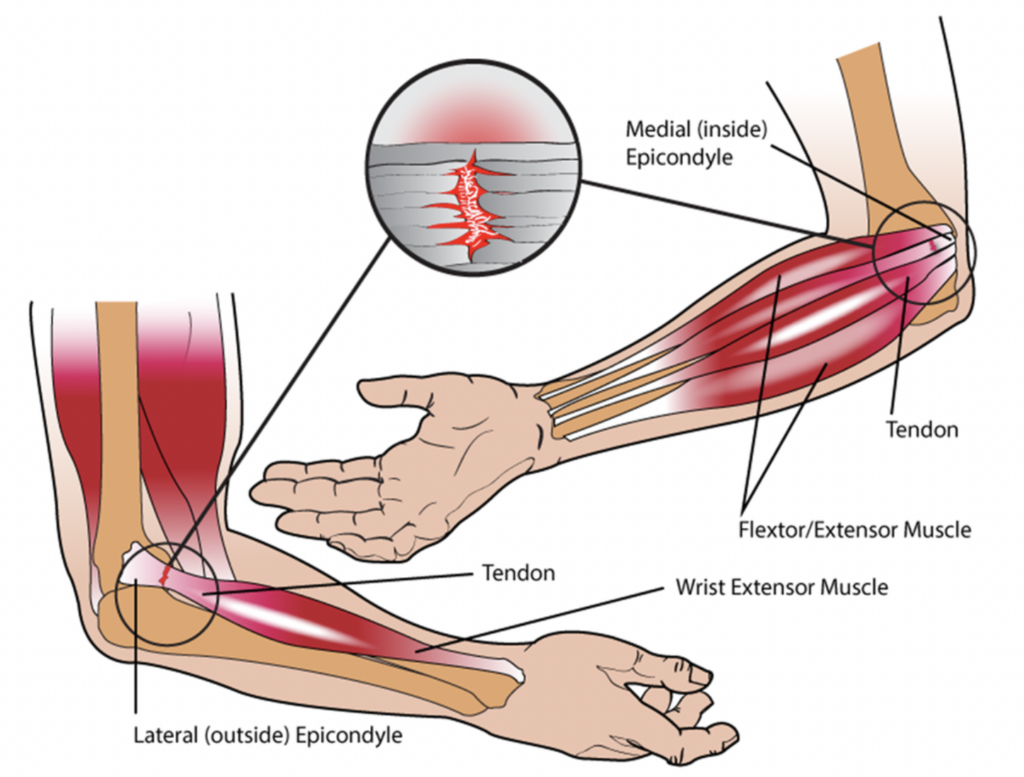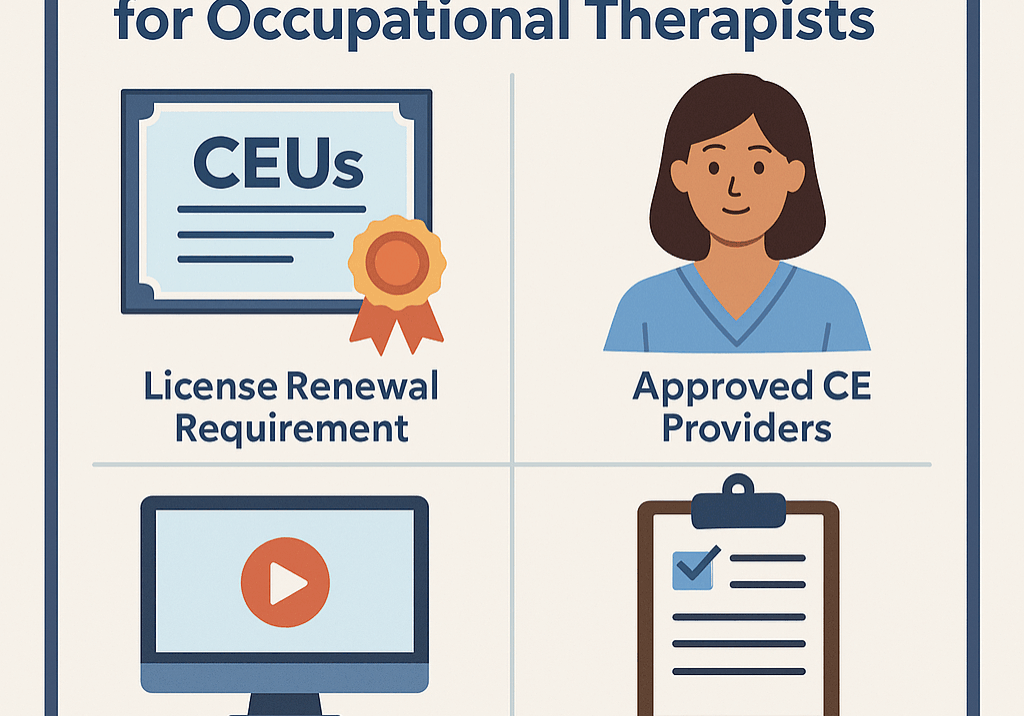Lateral Elbow Pain with Graded Exercise
Chronic tennis elbow with a supervised graded exercise protocol
Özdinçler, A. R., Baktır, Z. S., Mutlu, E. K., & Koçyiğit, A. (2023). Chronic lateral elbow tendinopathy with a supervised graded exercise protocol. Journal of Hand Therapy, 36(4), 913–922. https://doi.org/10.1016/j.jht.2022.11.005
The Skinny: This study looked at the effectiveness of an 8-week exercise program (4 weeks of a basic program and 4 weeks of an advanced program) for participants diagnosed with lateral epicondylalgia also known as tennis elbow without receiving treatment for at least one year. Pain was measured by the Visual Analog Scale, Pain Pressure Threshold, grip strength measurements using a Dynamometer, and the level of function determined with the Patient Rated Tennis Elbow Evaluation Questionnaire. All measurements were performed at baseline, after the 4-week basic program, and after the additional 4-week advanced exercise program.

In the Weeds: This study included 30 participants between the ages of 30-50 and all had a previous lateral epicondylalgia diagnosis. Participants were divided into 7 different phases depending on their ROM, stiffness, pain, and level of function. All participants received a basic exercise program for four weeks, three times per week. All exercises utilized an elastic finger band, 1 kg weight, hand exercise ball, or a towel. Those who completed the basic exercise program then began an advanced exercise program where stretching exercises, isotonic strengthening, concentric movements, and eccentric movements were included. Exercises included in the two programs were: AROM wrist extension, AROM wrist circumduction, AROM wrist radial and ulnar deviation, AROM forearm pronation, AROM forearm supination, isometric wrist extension, PROM wrist extension, eccentric and concentric wrist extension and flexion, finger extension with rubber bands, gripping with a ball, and towel squeezing/twisting.
Bringing it Home: Both in the basic exercise group and in the advanced exercise group, participants saw an improvement in pain and function. The basic exercise program was shown to ease the symptoms, while the advanced exercise program further benefited function and grip strength. It was proven that although both exercise programs were beneficial, the advanced group contributed to better results, especially in terms of grip strength, pain, and function. In addition, the study found that adding isometric exercises to the program early on was more beneficial than adding it at the halfway point.
Rating: 4/5
This study had several limitations, including a small sample size of 30 participants aged 30-50; no long-term follow-up to determine the chronic benefits of exercise for tennis elbow patients; and the main focus being wrist exercises and not including scapular exercises. Future studies could look at the long-term implications, adding phase of scapular exercises, and having a larger sample size for reliability.
More To Read
Arthrodesis vs Arthroplasty in Thumb CMC OA
Piacenza A, Vittonetto D, Rossello MI, Testa M. Arthrodesis Versus Arthroplasty in Thumb Carpometacarpal Osteoarthritis: Impact on Maximal Voluntary Force, Endurance, and Accuracy of Pinch. J Hand Surg Am. 2021 May 24:S0363-5023(21)00199-4. doi: 10.1016/j.jhsa.2021.03.023. Epub ahead of print. PMID: 34045112. The Skinny: This was a retrospective study based on a convenience sample of individuals who…
Read MoreMechanism of Interneural Edema in Carpal and Cubital Tunnel
Mechanism of Interneural Edema Over the last few weeks I have been learning about ultrasonic imaging and carpal tunnel syndrome. When reviewing carpal tunnel syndrome, I learned that intraneural edema is a common sign of compression injuries such as carpal tunnel and cubital tunnel. There are numerous causes of carpal tunnel syndrome, and every scenario…
Read MoreUltimate Guide to Continuing Education Credits for Occupational Therapists in 2025
Introduction to Continuing Education for Occupational Therapists In today’s fast-evolving healthcare landscape, continuing education credits for occupational therapists aren’t just a requirement—they’re a pathway to career advancement and improved patient care. Whether you’re renewing your license or specializing in a niche, staying current with the latest research, tools, and therapeutic techniques is vital. Continuing education…
Read MoreSign-up to Get Updates Straight to Your Inbox!
Sign up with us and we will send you regular blog posts on everything hand therapy, notices every time we upload new videos and tutorials, along with handout, protocols, and other useful information.





